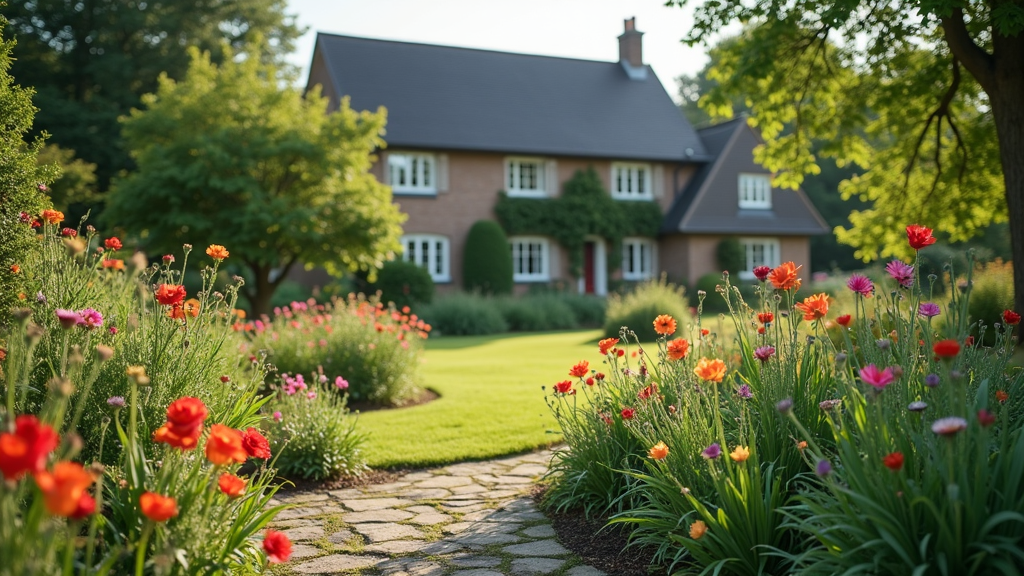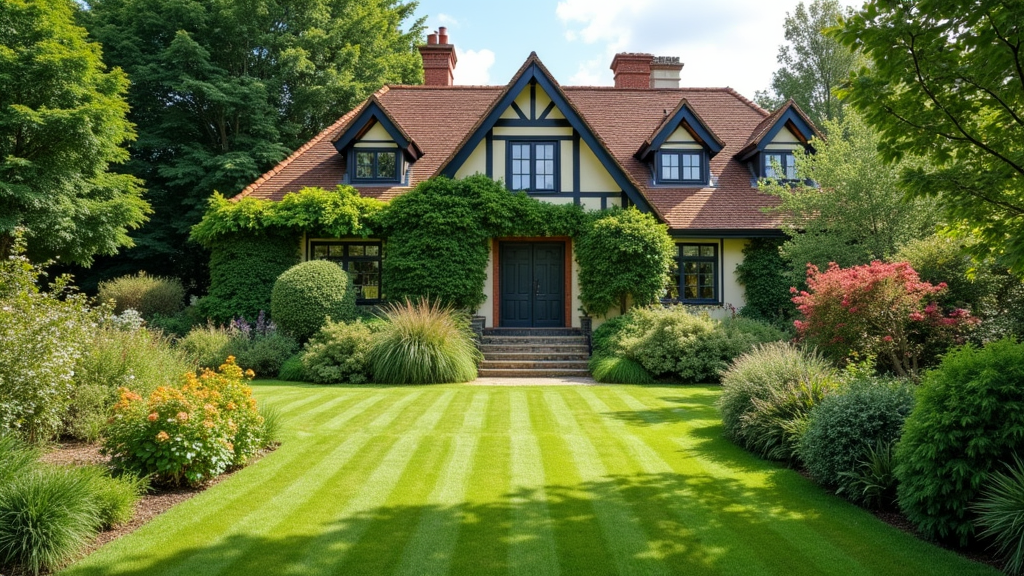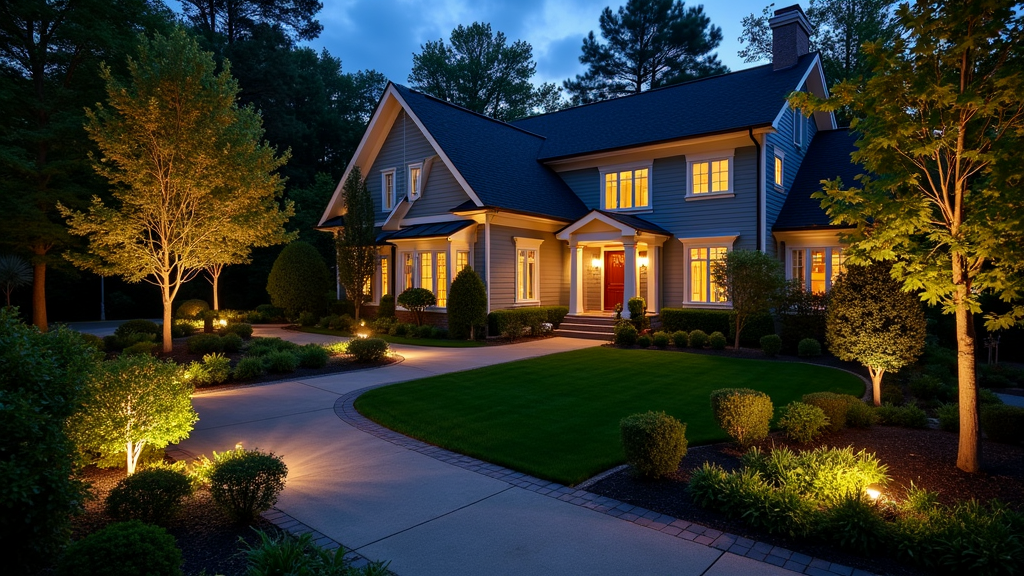Introduction
Landscape design is an art form that goes beyond mere functionality; it weaves together nature, human creativity, and a sense of place. In recent years, designers have begun to incorporate various forms of art into their landscape designs, from sculptures to installations, creating spaces that inspire and engage. This article will explore the myriad ways in which you can blend artistic elements into your landscapes, focusing on sculptures and installations.
What Is Landscape Design?
Landscape design is the process of designing outdoor areas, landmarks, and structures to achieve aesthetic beauty and functional utility. It encompasses a variety of disciplines including horticulture, architecture, and environmental science. By incorporating elements such as plants, pathways, water features, and yes—art—landscape designers create harmonious environments.
The Role of Art in Landscape Design
Art has a unique ability to transform spaces. Whether it's a striking sculpture or an interactive installation, art adds layers of meaning and emotional resonance to landscapes.
- Enhances Aesthetics: Art can elevate the visual appeal of any landscape. Creates Focal Points: Sculptures draw attention and guide movement through a space. Encourages Interaction: Installations often invite engagement, making landscapes more dynamic.
Why You Should Incorporate Art into Your Landscape Design
Incorporating art into your landscape design isn't merely about decoration; it's about creating experiences.
Connects People with Nature
Art can serve as a bridge between human creativity and the natural environment. For example, a sculpture made from natural materials can enhance the organic feel of a garden.
Fosters Community Engagement
Public art installations can bring communities together. They provide shared spaces for social interaction and cultural expression.
Increases Property Value
Well-designed landscapes that include art can significantly increase property value. Buyers are often drawn to homes with unique outdoor spaces.
Choosing the Right Type of Art for Your Landscape
Not all artworks suit every environment. To make the best choice for your landscape design:
Consider Your Space
- Size: Large sculptures may overwhelm smaller gardens. Style: Choose art that complements your existing landscape style—be it modern or traditional.
Think About Materials
Different materials evoke different feelings. Stone sculptures suggest permanence while metal pieces may introduce a contemporary edge.
Popular Types of Sculptures for Landscape Design
When we talk about incorporating art into your landscape design, sculptures come in various forms:
Stone Sculptures
Often carved from granite or marble, these artworks add timeless elegance to gardens.
Pros:
- Durable Natural look
Cons:
- Heavy Expensive
Metal Sculptures
Ranging from intricate designs to minimalist forms, metal sculptures offer versatility.
Pros:
- Can be designed in various styles Lightweight options available
Cons:
- Potential rusting if not treated May require maintenance
Wooden Sculptures
These bring warmth but require careful consideration regarding weather treatment.
Pros:
- Eco-friendly Unique textures
Cons:
- Less durable than stone or metal Requires regular upkeep
Incorporating Installations into Your Landscapes
Installations can transform how people interact with their surroundings. Here are some popular types you might consider:
Interactive Installations
Think swings or climbing structures made from sustainable materials that encourage playfulness and exploration.

Water Features
Installations like fountains or ponds not only beautify but also create soothing sounds that enhance relaxation.
Designing Landscapes with Harmony in Mind
When incorporating art into your landscape design:

Balance Scale and Proportion
Ensure that sculptures do not overshadow other elements like trees or shrubs; balance is key!
Color Coordination
Choose artworks whose colors complement the plant palette you've selected for cohesion throughout your space.
Case Studies: Successful Incorporation of Art in Landscapes
Let’s take a look at some remarkable examples where art made a big difference:
Public Parks Featuring Local Artists’ Work
Many cities have embraced local artists by commissioning them for public parks—creating vibrant community spaces enriched by local culture.

Residential Gardens Enhanced by Custom Sculpture
Homeowners who’ve opted for bespoke sculptures have transformed their backyards into unique retreats filled with http://andreswqel316.huicopper.com/bringing-nature-indoors-with-biophilic-design-principles personality!
Maintenance Tips for Outdoor Artworks
Once you’ve incorporated art into your landscape design, maintaining it will ensure longevity:
Regular Cleaning: Dust off any accumulated dirt. Seasonal Checks: Inspect for wear due to weather conditions. Restoration Needs: Address any damages promptly to preserve aesthetics.FAQ Section
Q1: What type of artwork is best suited for residential landscaping?
A1: The best type often depends on personal taste but generally includes stone or metal sculptures due to their durability and aesthetics.
Q2: How do I choose the right size sculpture?
A2: Consider both the size of your garden and other features within it—balance is crucial!
Q3: Can I create my own installations?
A3: Absolutely! DIY garden projects allow you creative freedom while incorporating personal touches into your landscape design.
Q4: How does public art benefit communities?
A4: Public art fosters community pride, encourages social interaction among residents, and enhances the overall aesthetic appeal of neighborhoods.
Q5: Should I hire professionals for installation?
A5: While some DIY projects are manageable alone, hiring professionals ensures proper placement—especially for larger pieces!
Q6: Are there specific materials I should avoid?
A6: Avoid materials prone to rapid deterioration or rust unless you're prepared for regular upkeep!
Conclusion
Incorporating art into your landscape design offers an opportunity to create engaging outdoor environments that resonate with people on multiple levels. From selecting suitable pieces like sculptures to considering interactive installations that foster community engagement—there's no shortage of creative possibilities! By thoughtfully blending artistic elements with nature’s beauty, you’ll craft landscapes that leave lasting impressions long after they’re experienced. So grab your sketchpad (or phone) and start envisioning how you can make those artistic dreams come true in your very own backyard!